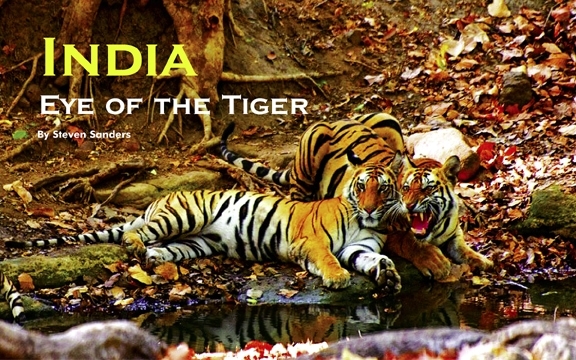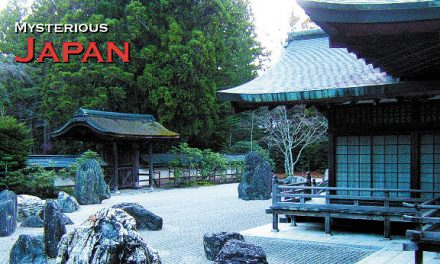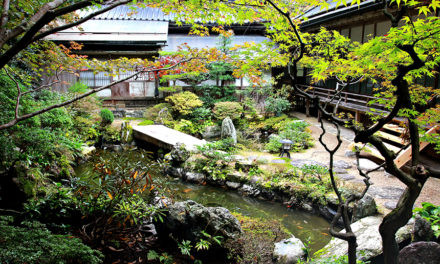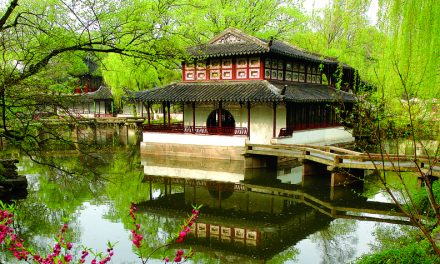India
Eye of the Tiger
Published in the Summer 2013 Issue of Canadian World Traveller
By Steven Sanders

North to South of India’s Great Wildlife
It’s difficult to picture an Indian adventure without the bustling streets of Mumbai, the jostling with street vendors, the train journeys – oh, those train journeys – and the daily spices sizzling on the sidewalk. After all, this is India, right?
In hostels and typical nomad hangouts all over the world, you can always find backpackers from all four corners of the globe telling the tales of their experience in the planets second most populous country. Many talk about how they long to feel that experience again, while some tell of the challenge presented by the country’s metropolises such as New Dehli, Bangalore, and the aforementioned Mumbai.
Away from the sprawls, India’s wildlife is growing in reputation faster than the sky scrapers of Mumbai and the malls of Bangalore. Outdoor enthusiasts are unearthing a paradise known for many years – but only explored by the minority. While more than half of the world’s remaining tiger habitats are roaming India, the bad news is that the overall figure is decreasing, particularly in India where just 11% of the original habitat remains.
Wild tigers are a rare commodity and India has more than 40 national parks throughout the country that play host to this now illusive beast. The world’s seventh largest country offers a plethora of jungles, forests, open meadows and grasslands offering close encounters with one of nature’s most well-known yet elusive beasts, and here we run you through the most spectacular of them all.
Ranthambore National Park
Loacted in northern India around 130km from Jaipur and on the same travel circuit as the Taj Mahal, Ranthambore National Park is regarded by many as one of India’s best when it comes to wildlife. With over 400 Sq km, the area was once the hunting grounds of the Maharajas of Jaipur, and was placed on the world map when Prince Phillip hunted and shot a tiger on the grounds.
Since then of course, many restrictions have been put in place to protect the animals, and the park is now home to some of the best photo opportunities in the country, with professionals flocking to one of the country’s most rewarding wildlife terrains to capture that perfect shot of its wild tigers, leopards, istriped hyenas and sloth bears. Both up in the skies and on the ground, Ranthambore is also renowned for its excellent array of bird species.
Away from the park, Agra – the city most renowned for the Taj Mahal – is just four hours away and can offer a pleasant stay with the obvious additional benefits of seeing one of the world’s most famous post card images.
Kanha National Park
We’ve all seen the Jungle Book. Now you can learn where one of Disney’s most famous stories comes from. Kahna National Park is the inspiration behind the children’s classic books and cartoons, and the lush forests and lurking array of wildlife are the closet anyone can come to becoming a real life Mowgli.
Kanha offers many incentives for travelers in India. Its convenient location – close to Jabalpur – allows for easy access, while its scenery and array of animals – topped with an extremely high probably of sighting factor – convince the innocently wanderlust to head here.
Tigers are once again the main attraction here, and it’s very rare they become difficult to spot. Wondering around the park like kings, they are seemingly all too aware of the tourists desire to take that perfect photograph, and it’s almost as if they are posing for the camera whenever they are not play-fighting with their cubs.
Away from tiger spotting, the hard ground barashinga – an endangered type of deer – is unique to the region and can now only be found in Kanha National Park. Locals describe this as the representation of Kanha, and work tirelessly to protect this unique animal.
Stay at the Kanha Jungle Hut and listen to the sounds of the swamp deer calling out the alarm every time a tiger decides to stop by, between the intriguing yet tranquil hisses and clicks that many thought only the Jungle Book could provide.
Bandhavgarh National Park
The locals say that in Bandhavgarh National Park you will have the greatest chance of spotting tigers in all of India, and it’s no surprise given that the park offers almost one tiger for every two square kilometres of the land it occupies. Although the area has been known as the land of the white tiger for many years, the last one was captures in the early 1950’s.
Located almost 200km east of Jabalpur, the park is one of the most important in the state of Madhya Pradesh, and is surrounded by the Vindhyan mountain ranges and dense, lush forests. Away from the park, Bandhavgarh Fort sits above a 600 metre cliff which offers spectacular views of the surrounding mountains. There are many nearby places to hang your hat or just stop by for a scenic lunch.
Jim Corbett National Park
While the other parks across India may offer more tigers, Jim Corbett National Park has one of the largest number of wild elephants roaming around, with many referring to the park as “Elephant Park.” Located close to the Nepalese border, the park’s main attraction is its situation in one of India’s most stunning settings, located in the foothills of the Himalayas and providing visitors with stunning views year round.
Aside from elephants and tigers dominating the terrain here, the park is also home to leopards, jungle cats, barking deer and the Himalayan tahr. For those looking for a little adventure, Jim Corbett can accommodate, with an array of activities available from trekking, rafting, ‘bridge slithering’, where participants jumping from a bridge over the Kosi River before slithering down a rope which doesn’t quite reach the water, meaning you have to jump in!
Cool off in the evening whilst savouring the latest acquisitions to your photo collection at the Corbett Forest Lodges or Corbett Hotel and Resort. The nearest major city to the park is Pantnagar, located around 50 km away.
What to know
While most national parks in Northern India are open between October and June, the absolute best time to visit is April and May, both temperature wise and for and improved chance of spotting the tigers. The summer temperatures can be unbearable for many with the added factors of bigger crowds and most animals hanging out around the watering holes of which many are difficult or impossible to reach. The winter months are cold, however there is still a high chance of spotting the tigers.
www.incredibleindia.org


















